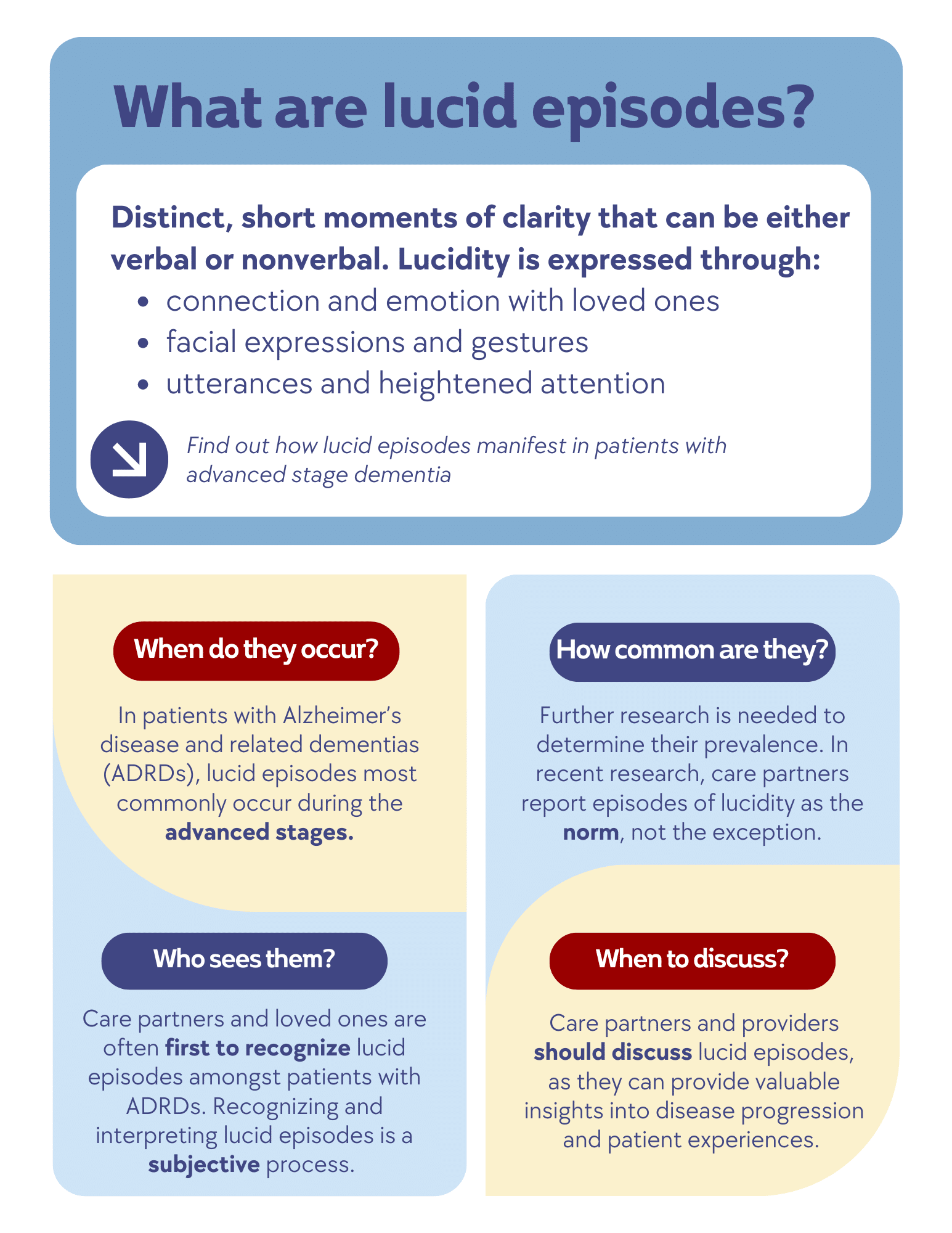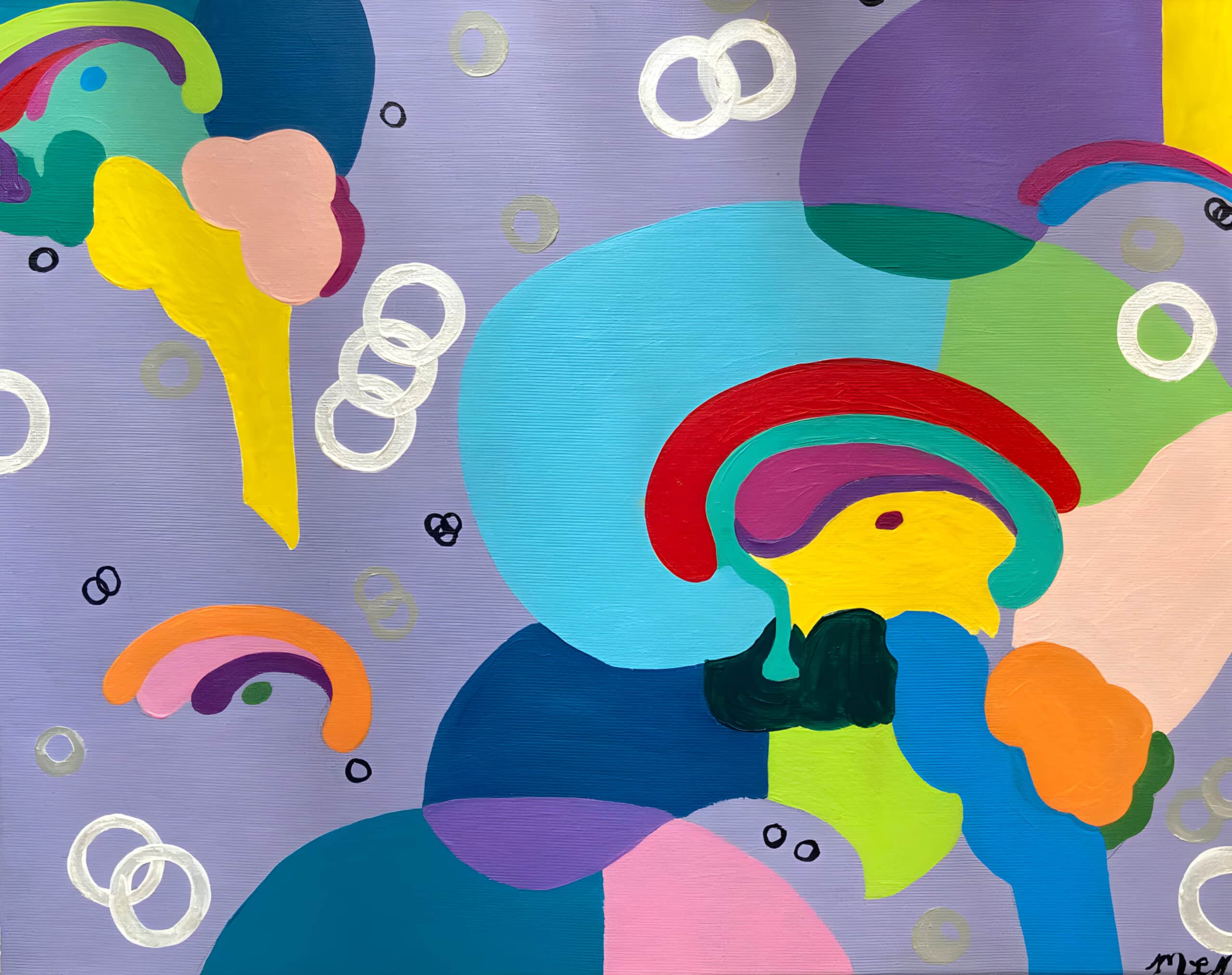If you’ve been tuning in to The Age of Aging, you already know Jake Johnson’s voice. As producer and co-host of the Penn Memory Center’s biweekly podcast, he leads conversations about aging, brain health, and the lived experiences of individuals and families navigating cognitive change.

Since joining PMC as a communications assistant in 2023, Johnson has contributed to messaging and storytelling efforts across platforms. His work has helped broaden the center’s reach and support conversations around research, clinical care, and community engagement. But the Age of Aging podcast is where he has left his clearest mark.






